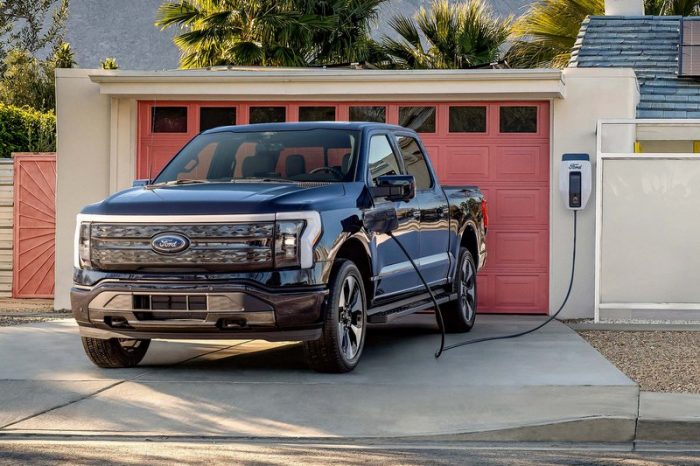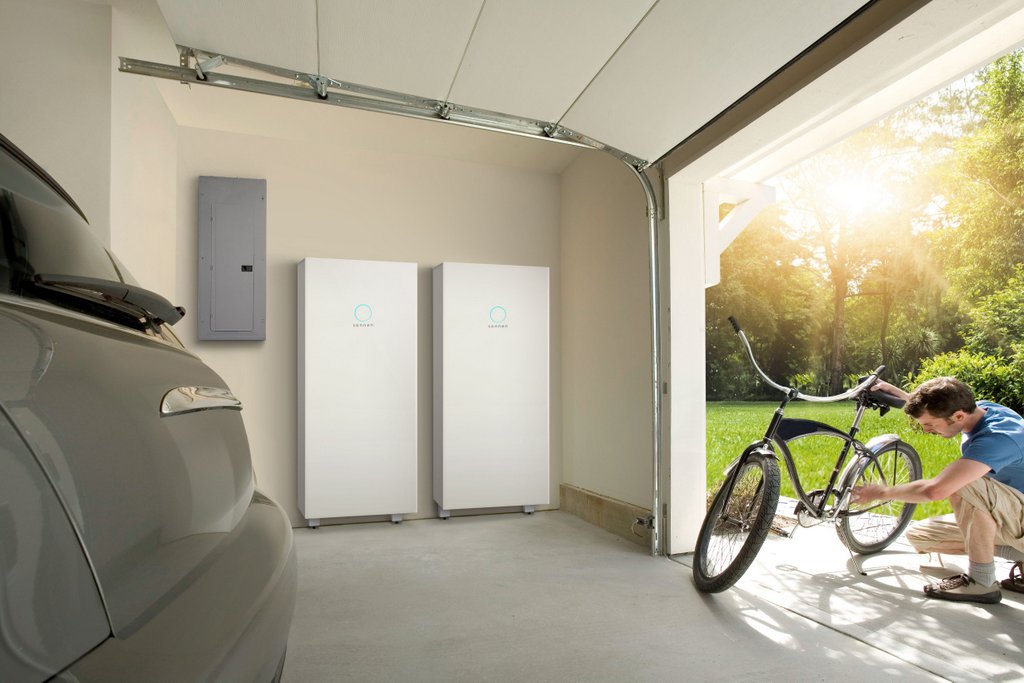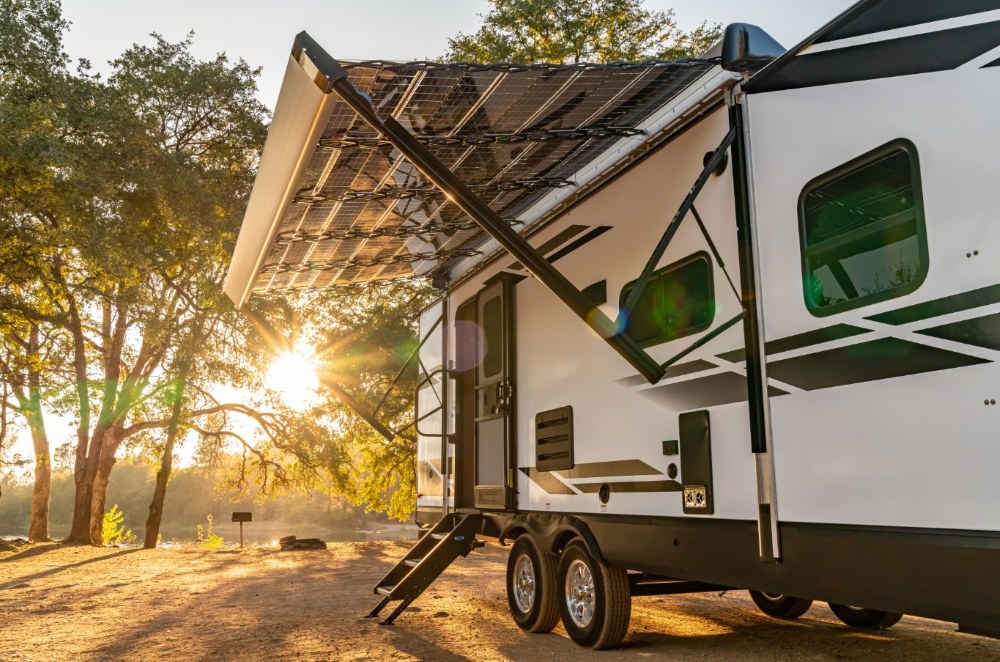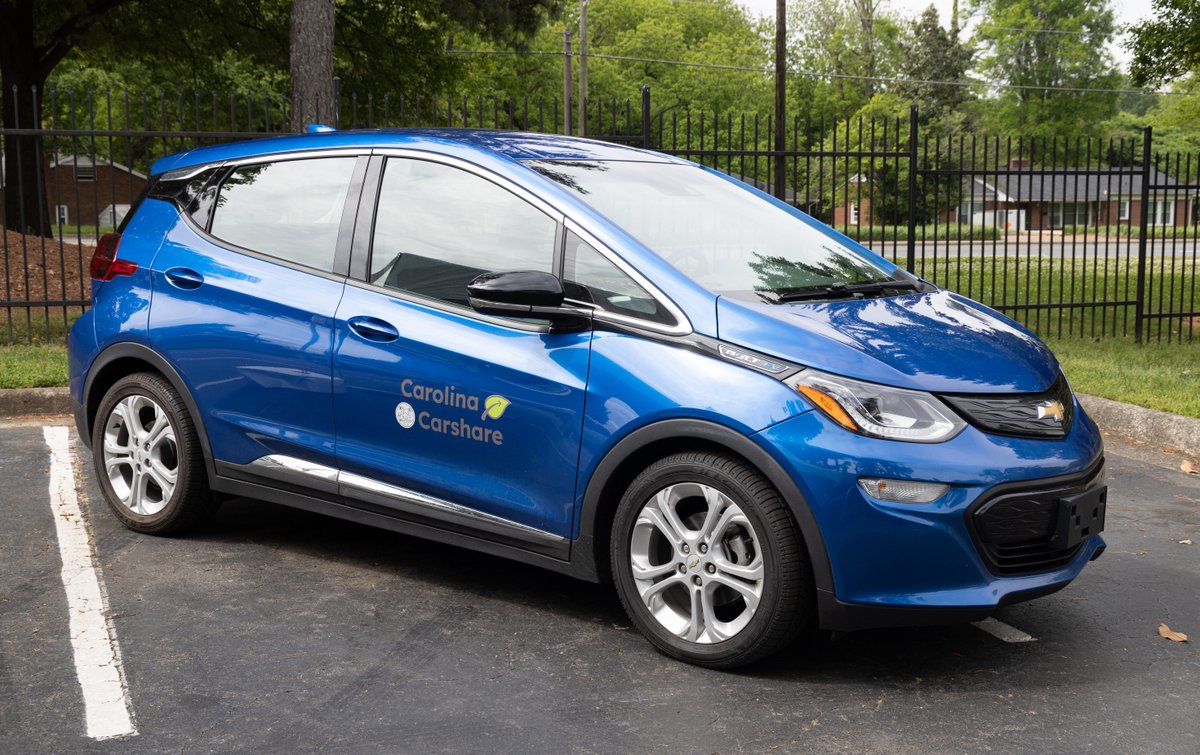Duke Energy evaluating Ford F-150 Lightning as a grid resource in Florida

Vehicle-to-grid integration (V2G) is the next frontier for utilities, and Duke Energy is officially evaluating the viability of the Ford F-150 Lightning’s high-capacity batteries as a grid edge resource in Florida. The company will launch a research and development pilot program in the state that could help transform the energy system.
V2G integration will push and pull energy between the connected electric trucks and the grid in a bidirectional energy flow.
The F-150 Lightning is a 10-kilowatt smart distributed energy resource with extensive and continuous software updates that offers the functionality of a full-sized truck with even more innovative features, designed for electric charging rather than fuel consumption.
“Ford’s electric vehicles are unlocking new possibilities in energy management for our customers, becoming valuable energy storage sources that are changing the game on the benefits an EV can deliver,” said Steven Croley, chief policy officer and general counsel, Ford Motor Company. “Alongside Duke Energy and our mutual customers, we’re working to fine-tune and expand these capabilities that will not only power their lives, but also accelerate the development of a less carbon-intensive grid.”
Using the Ford Charge Station Pro and Intelligent Backup Power Home Integration System’s bidirectional charging infrastructure, the company will perform extensive testing using the vehicles to feed and draw energy from the power grid.
As part of the pilot, Duke Energy will add approximately five Ford F-150 Lightning trucks to its Florida fleet and perform additional testing of the technology, with a focus on leveraging homes that have solar energy and stationary storage.
The pilot will focus on real-world use cases, such as:
- how the vehicle interacts with other customer-owned distributed energy resources (like rooftop photovoltaic – or PV – solar and customer home batteries),
- how the truck’s battery performs powering customers’ homes during an outage,
- how the vehicles will be used to feed the grid during peak times of use, and
- how such usage might impact the trucks’ batteries over time.
“We’re continually testing clean energy innovations to gauge how they perform in complex real-life scenarios,” said Lon Huber, Duke Energy’s senior vice president of pricing and customer solutions. “Like our customers, we’re excited about the prospects of these advancements, and we’re working to evaluate them in controlled environments so we can find ways to maximize their value and benefits.”
All-electric vehicles like the Ford F-150 Lightning contain an electric motor instead of an internal combustion engine and essentially can act as an electric power generator on wheels. Expanded storage through connected EV batteries offers more capacity to capture and store valuable energy. That energy can then be used for customers’ personal needs (vehicle-to-home, or V2H) or delivered back to the power grid (V2G) to help support the demand for electricity when it is highest.
Sunrun is the preferred installer for F-150 Lightning home charging solutions and will contribute to the charging and Intelligent Backup Power infrastructure for the Ford-150 Lightning.
“The potential is enormous when it comes to emerging vehicle-to-grid technologies,” said Huber. “As a clean energy leader, we’re committed to helping shape the net-zero-carbon landscape. This includes working hands-on to validate new technologies that can benefit our customers and sustain the clean, smart and reliable grid of the future.”





Comments are closed here.